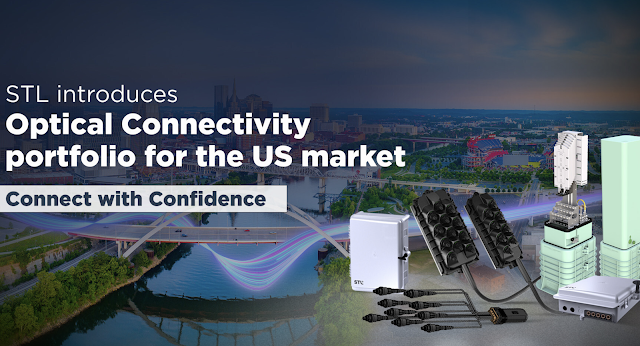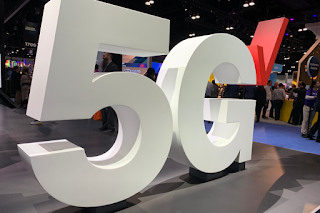T-Mobile US announced its second quarter 2024 results, showcasing exceptional customer growth and financial performance. The company achieved industry-leading postpaid net account additions and surpassed the 100 million postpaid customers milestone. Additionally, T-Mobile reported the highest Q2 postpaid phone net customer additions in its history, underlining its market dominance.

Financially, T-Mobile's service revenues grew by 4% year-over-year, reaching $16.4 billion, while postpaid service revenues saw a 7% increase. The company's net income soared by 32% to $2.9 billion, and diluted earnings per share (EPS) rose by 34% to $2.49. The impressive financial growth translated into record-high cash flows, with adjusted free cash flow growing 54% year-over-year to $4.4 billion.
T-Mobile's network performance also stood out, sweeping every category for overall network performance in the latest third-party reports. The company continued to expand its 5G network, carrying 87% of its 5G traffic on sites with three spectrum layers. T-Mobile's recent proposed acquisition of Metronet aims to complement its fixed wireless offerings and capitalize on fiber opportunities, further solidifying its position as an industry leader.
Key Points:
Customer Growth:
- Postpaid net account additions: 301,000
- Postpaid net customer additions: 1.3 million
- Postpaid phone net customer additions: 777,000
- High-speed internet net customer additions: 406,000
Financial Performance:
- Service revenues: $16.4 billion (4% YoY growth)
- Postpaid service revenues: $12.9 billion (7% YoY growth)
- Net income: $2.9 billion (32% YoY growth)
- EPS: $2.49 (34% YoY growth)
- Core adjusted EBITDA: $8.0 billion (9% YoY growth)
- Net cash from operating activities: $5.5 billion (27% YoY growth)
- Adjusted free cash flow: $4.4 billion (54% YoY growth)
- Returned $3.0 billion to stockholders in Q2 2024
Network Performance:
- Swept all categories for overall network performance in third-party reports
- 87% of 5G traffic carried on sites with three spectrum layers
- Proposed acquisition of Metronet to enhance fiber offerings











































